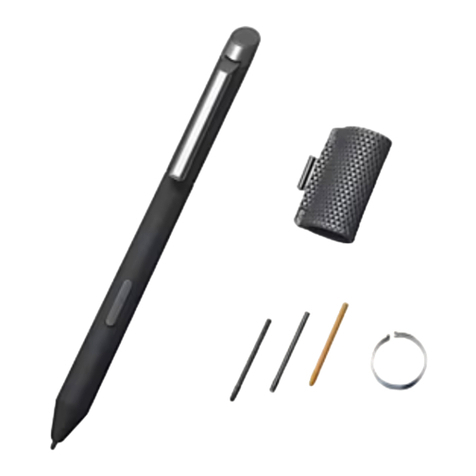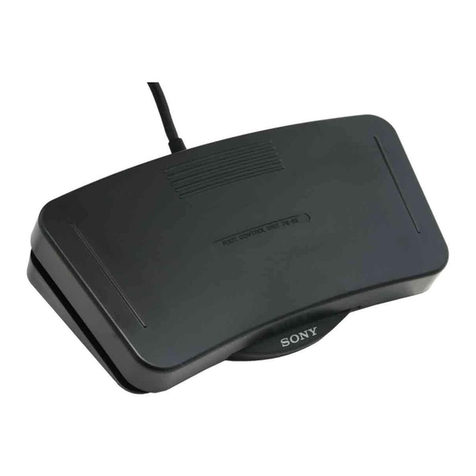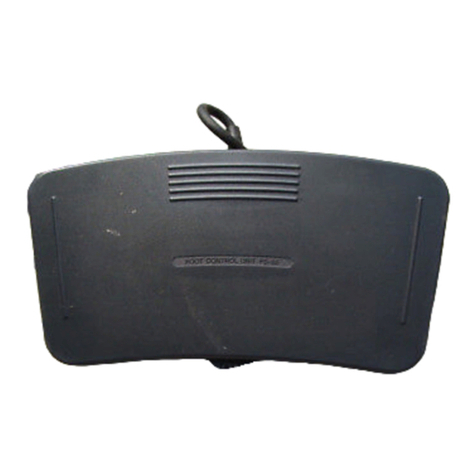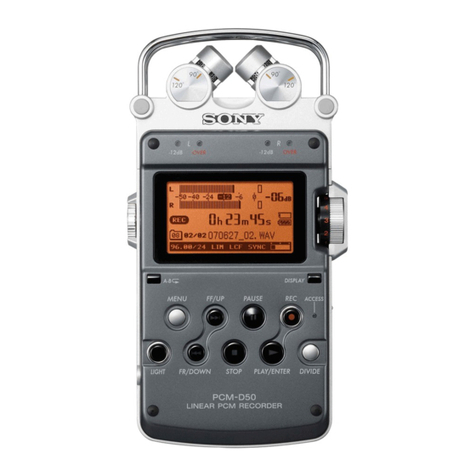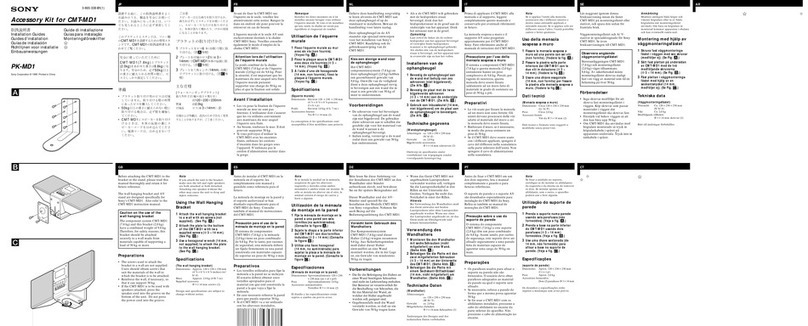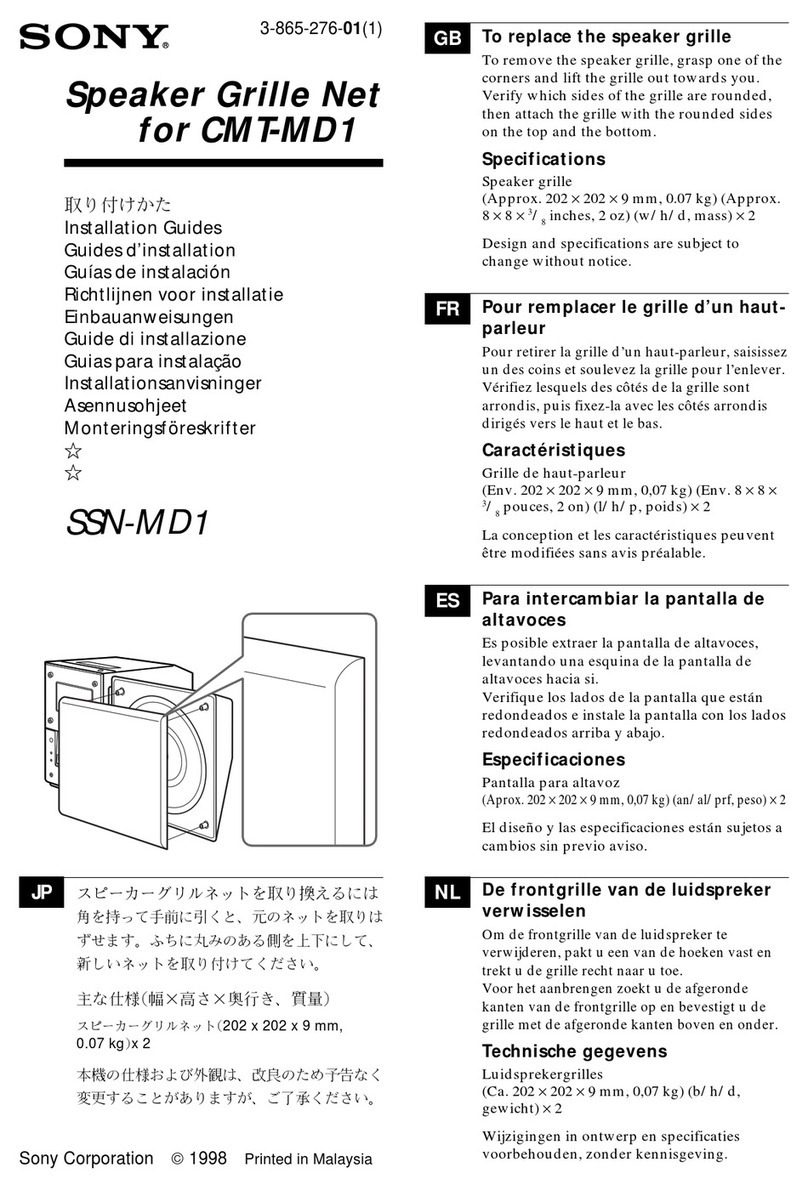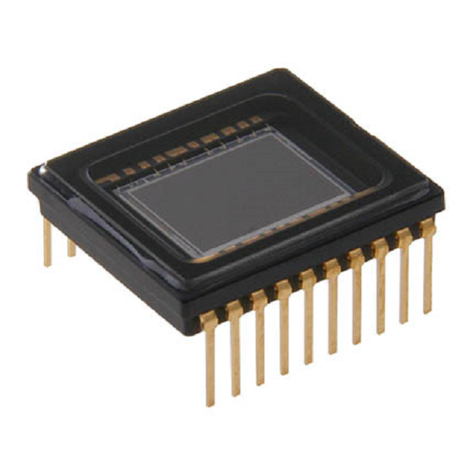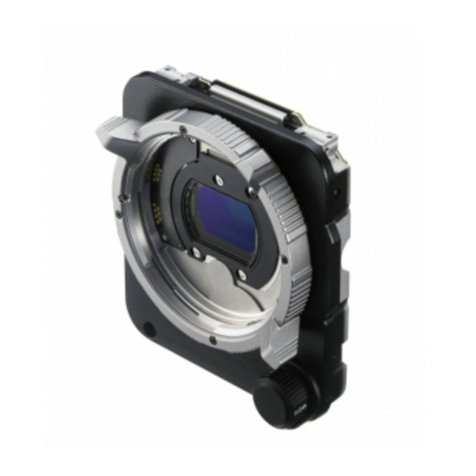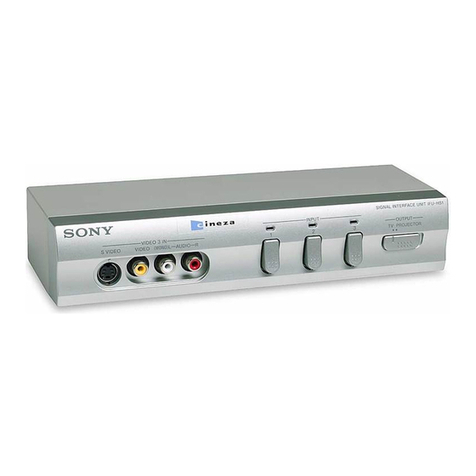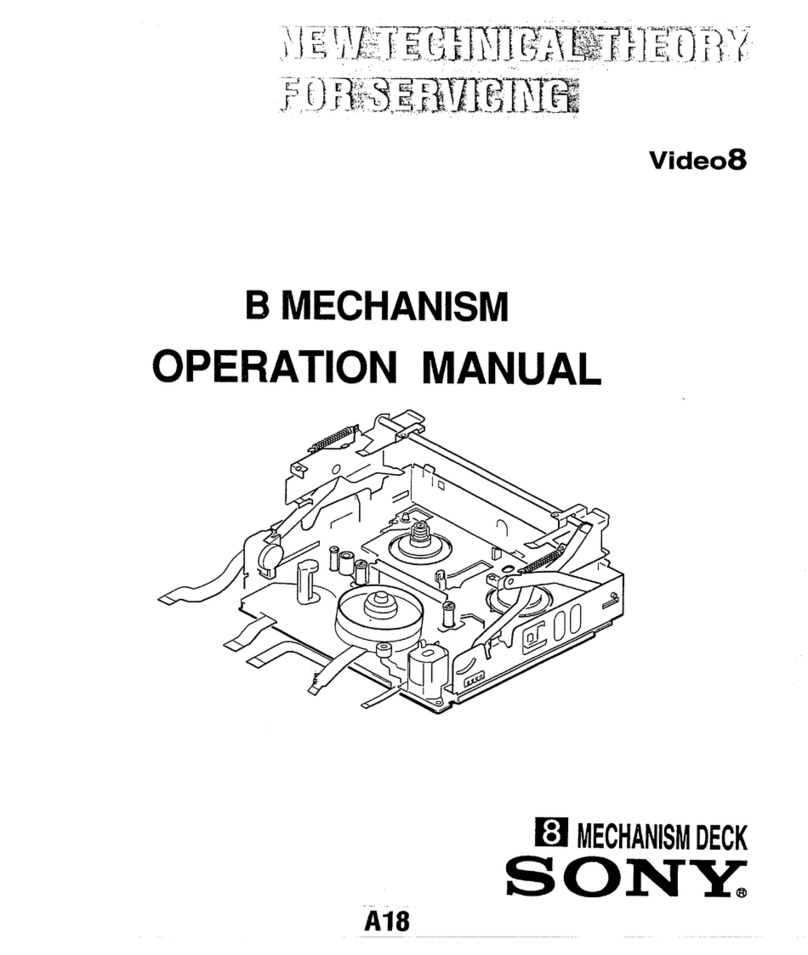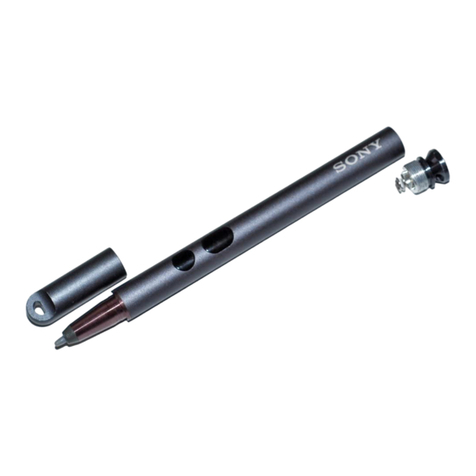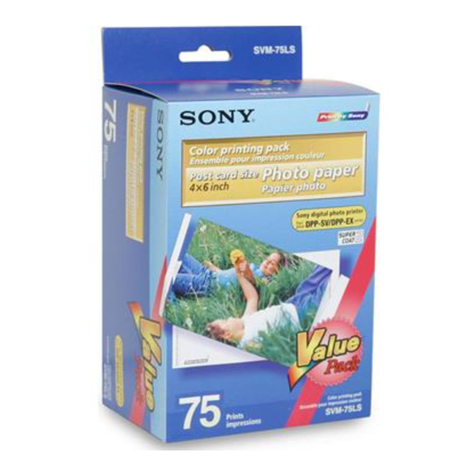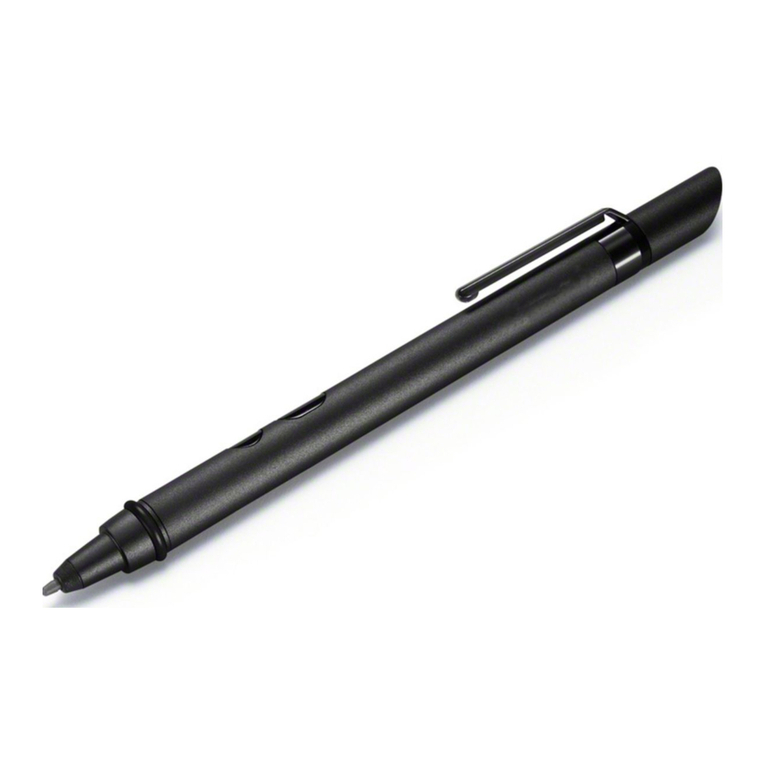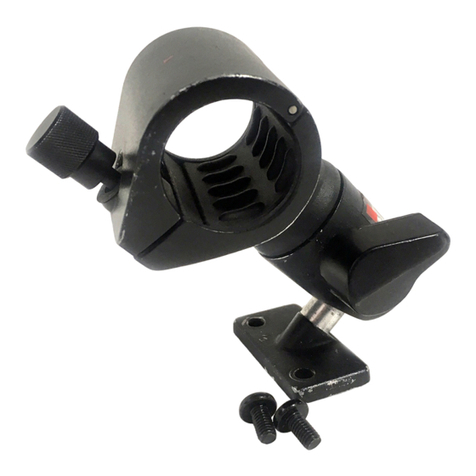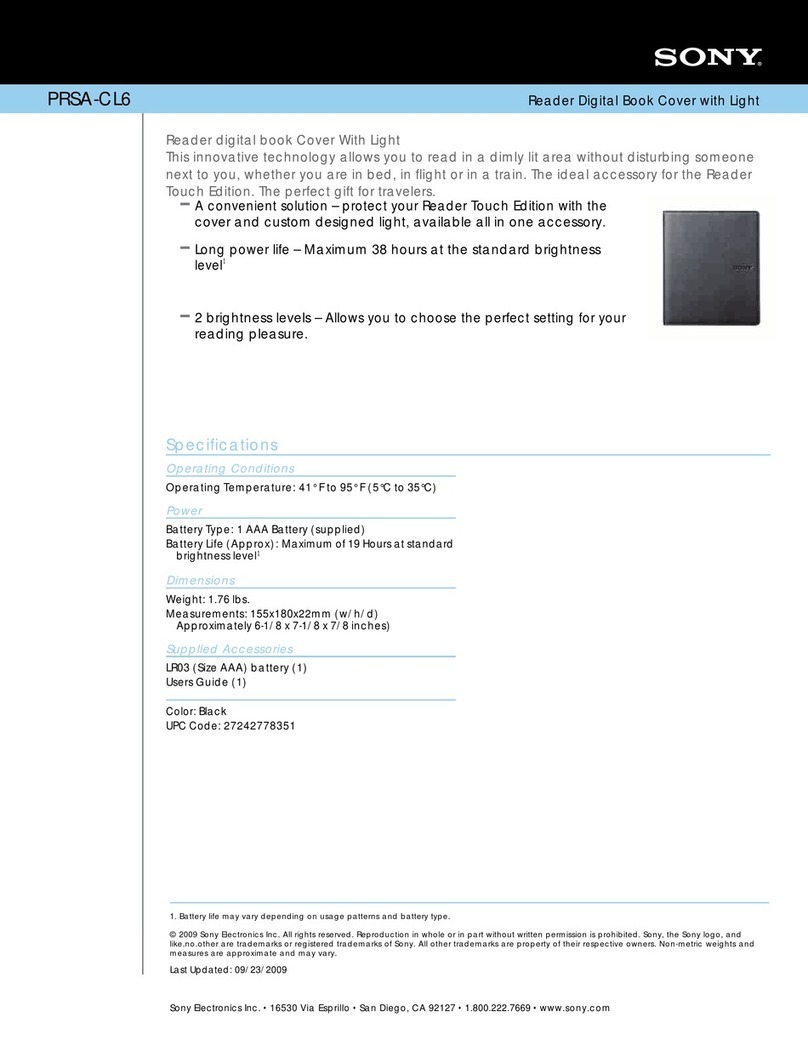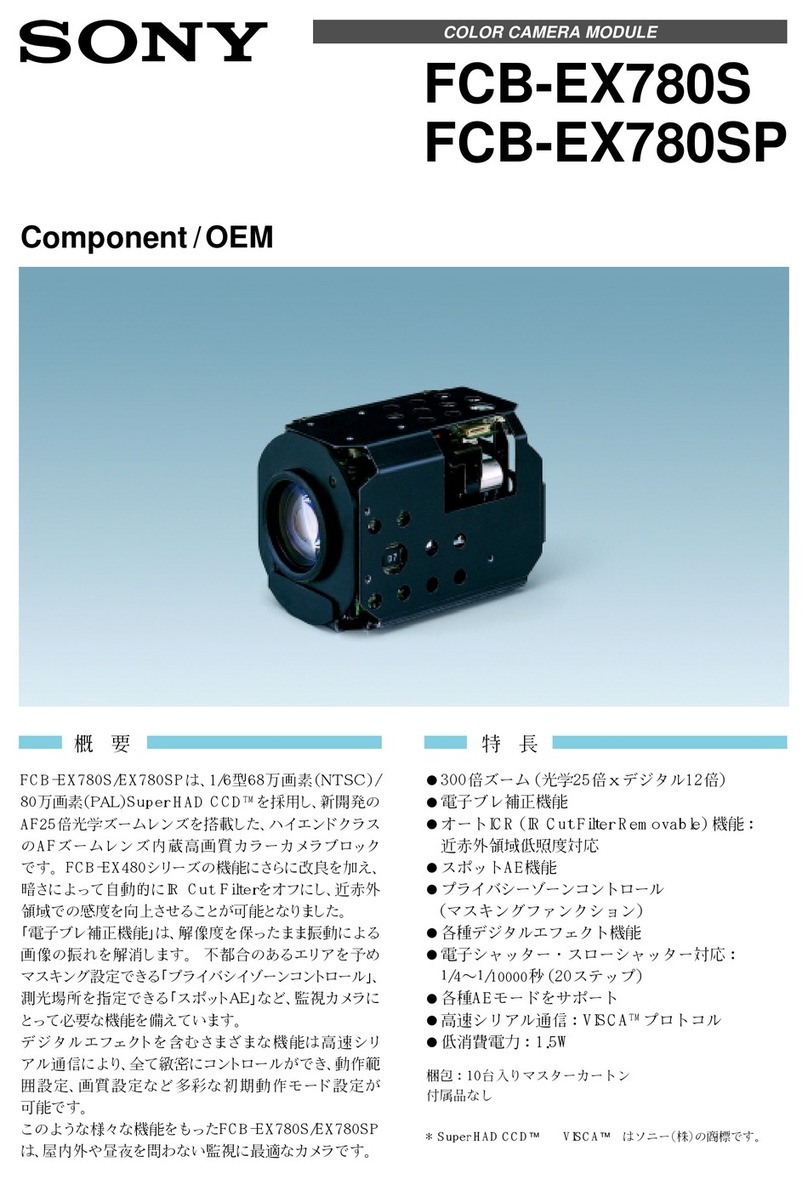
– 1 – E01X50C34
Sony reserves the right to change products and specifications without prior notice.This information does not convey any license by
any implication or otherwise under any patents or other right. Application circuits shown, if any, are typical examples illustrating the
operation of the devices.Sony cannot assume responsibility for any problems arising out of the use of these circuits.
ICX274AL
20 pin DIP (Plastic)
Description
The ICX274AL is a diagonal 8.923mm (Type 1/1.8)
interline CCD solid-state image sensor with a square
pixel array and 2.01M effective pixels. Progressive
scan allows all pixels' signals to be output
independently within approximately 1/15 second,
and output is also possible using various addition
and pulse elimination methods.This chip features an
electronic shutter with variable charge-storage time
which makes it possible to realize full-frame still
images without a mechanical shutter. Further, high
sensitivity and low dark current are achieved through
the adoption of Super HAD CCD technology.
This chip is suitable for image input applications
such as still cameras which require high resolution,
etc.
Features
•High horizontal and vertical resolution
•Supports the following modes
Progressive scan mode (with/without mechanical shutter)
2/8-line readout mode
2/4-line readout mode
2-line addition mode
Center scan modes (1), (2) and (3)
AF modes (1) and (2)
•Square pixel
•Horizontal drive frequency: 28.6364MHz (typ.), 36.0MHz (max.)
•Reset gate bias are not adjusted
•High sensitivity, low dark current
•Continuous variable-speed shutter function
•Excellent anti-blooming characteristics
•20-pin high-precision plastic package
Device Structure
•Interline CCD image sensor
•Image size: Diagonal 8.923mm (Type 1/1.8)
•Total number of pixels: 1688 (H) ×1248 (V) approx. 2.11M pixels
•Number of effective pixels: 1628 (H) ×1236 (V) approx. 2.01M pixels
•Number of active pixels: 1620 (H) ×1220 (V) approx. 1.98M pixels
•Recommended number of
recording pixels: 1600 (H) ×1200 (V) approx. 1.92M pixels
•Chip size: 8.50mm (H) ×6.80mm (V)
•Unit cell size: 4.40µm (H) ×4.40µm (V)
•Optical black: Horizontal (H) direction: Front 12 pixels, rear 48 pixels
Vertical (V) direction: Front 10 pixels, rear 2 pixels
•Number of dummy bits: Horizontal 28
Vertical 1
•Substrate material: Silicon
Optical black position
(Top View)
2
10
V
H
Pin 1
Pin 11 48
12
Diagonal 8.923mm (Type 1/1.8) Progressive Scan CCD Image Sensor with Square Pixel for B/W Video Cameras
